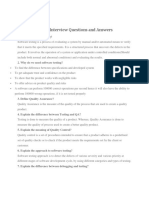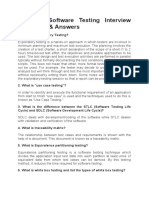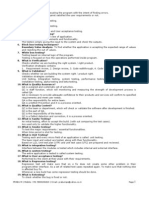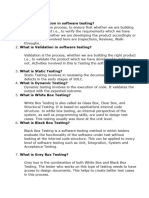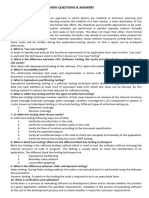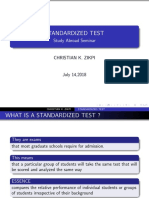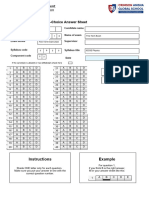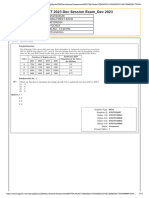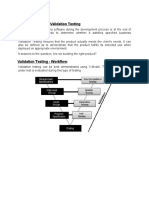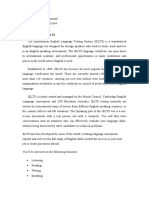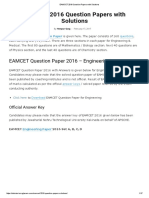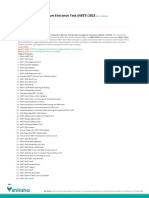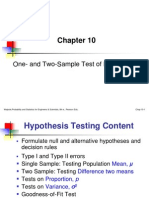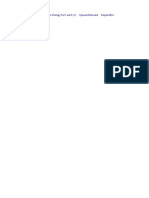0% found this document useful (0 votes)
29 views13 pagesTesting Basics Question
The document provides a comprehensive overview of software testing concepts, including definitions of key terms such as verification, validation, test cases, and various testing methodologies. It outlines the Software Testing Life Cycle (STLC) phases, defect life cycle stages, and the differences between quality assurance and quality control. Additionally, it covers various testing types, techniques, and tools commonly used in the industry.
Uploaded by
Rahul SCopyright
© © All Rights Reserved
We take content rights seriously. If you suspect this is your content, claim it here.
Available Formats
Download as DOCX, PDF, TXT or read online on Scribd
0% found this document useful (0 votes)
29 views13 pagesTesting Basics Question
The document provides a comprehensive overview of software testing concepts, including definitions of key terms such as verification, validation, test cases, and various testing methodologies. It outlines the Software Testing Life Cycle (STLC) phases, defect life cycle stages, and the differences between quality assurance and quality control. Additionally, it covers various testing types, techniques, and tools commonly used in the industry.
Uploaded by
Rahul SCopyright
© © All Rights Reserved
We take content rights seriously. If you suspect this is your content, claim it here.
Available Formats
Download as DOCX, PDF, TXT or read online on Scribd
/ 13















